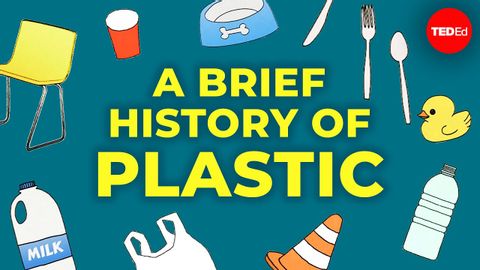プラスチックの歴史 (A brief history of plastic)
林宜悉 が 2020 年 11 月 09 日 に投稿  この条件に一致する単語はありません
この条件に一致する単語はありませんUS /məˈtɪriəl/
・
UK /məˈtɪəriəl/
- n. (c./u.)衣料;原材料;原料
- adj.関連な,重要な;世俗的な : 物質的な : 物質でできた
US /tɛkˈnik/
・
UK /tekˈni:k/
- n. (c./u.)技術 : 技巧 : テクニック;技能;技法
- n. (c./u.)模範 : 見本;模様 : 柄;様式;規則性;型紙
- v.t.模倣する;模様をつける
US /'ɡroʊsərɪ/
・
UK /'ɡrəʊsərɪ/
エネルギーを使用
すべての単語を解除
発音・解説・フィルター機能を解除
